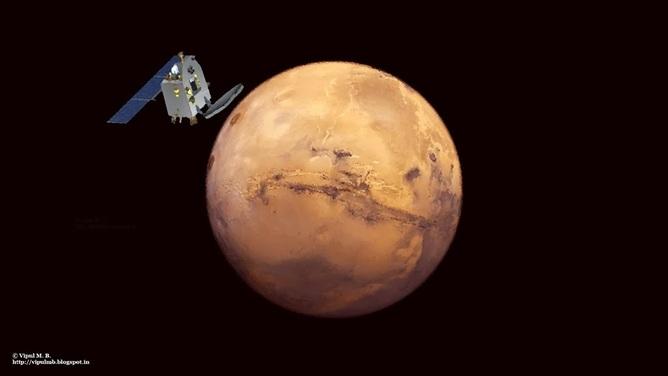A new geologic history of the flow of water in Jezero crater near Mars’ equator says interesting things about how the red planet operated nearly four billion years ago, scientists say.
“We can say that this one really well-exposed location makes a strong case for at least two periods of water-related activity in Mars’ history,” says Tim Goudge, a graduate student at Brown University.
The ancient lake at Jezero crater was first identified in 2005. Researchers identified two channels on the northern and western sides of the crater that appear to have supplied it with water. That water eventually overtopped the crater wall on the southern side and flowed out through a third large channel. It’s not clear how long the system was active, but seems to have dried out around 3.5 to 3.8 billion years ago.
Where Did Minerals Form?
Each of the crater’s inlet channels has a delta-like deposit where sediment carried by water was deposited in the lake. In 2008, researchers discovered that those fan deposits are full of clay minerals—a clear sign of alteration by water. The question of how exactly those minerals formed, however, remained open. Did the minerals form in place in the lake, or did they form elsewhere and get transported into the lake?




